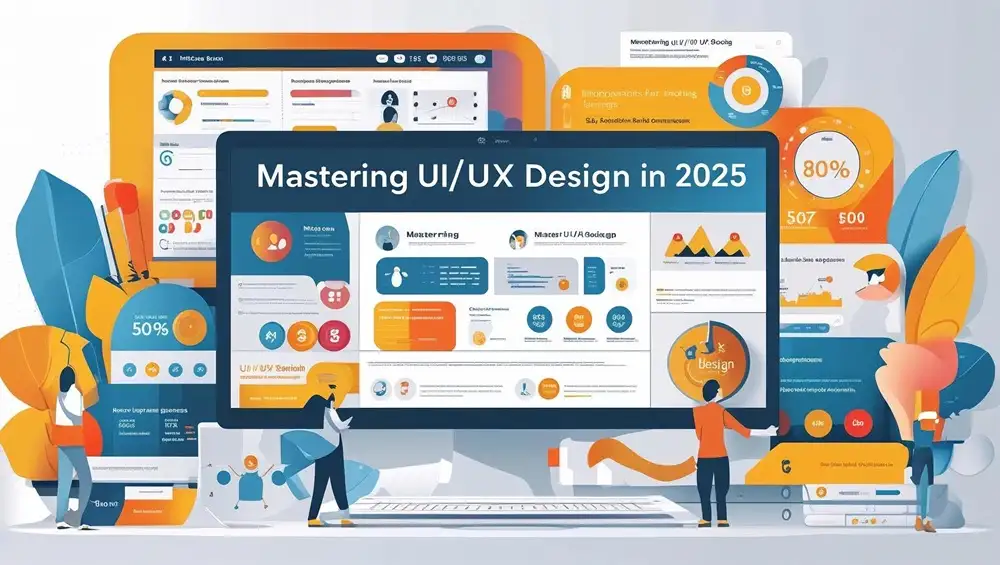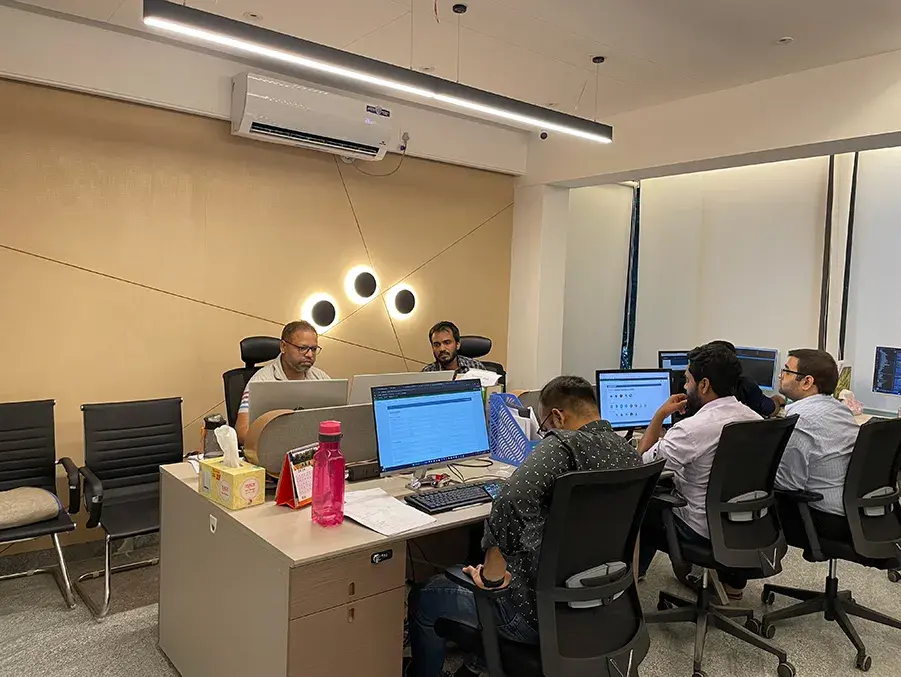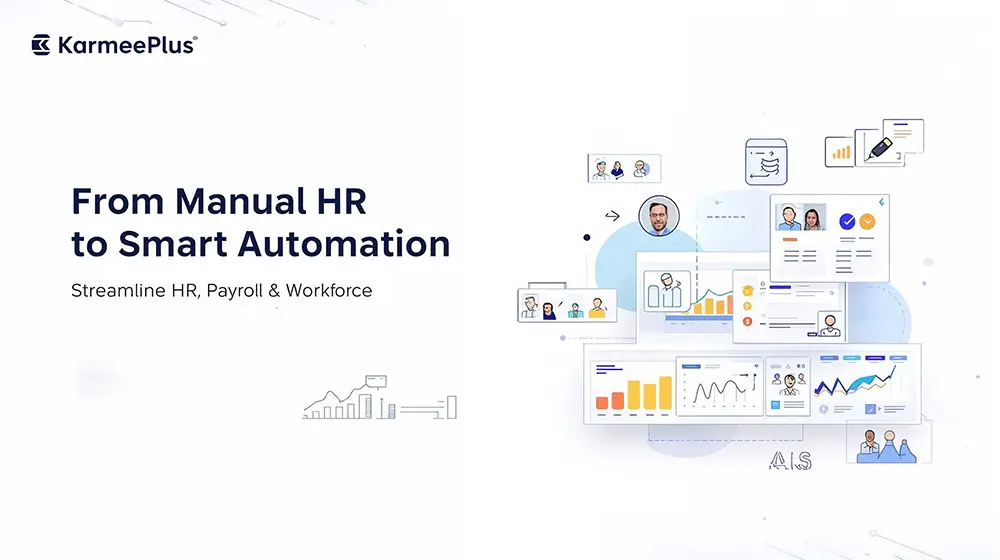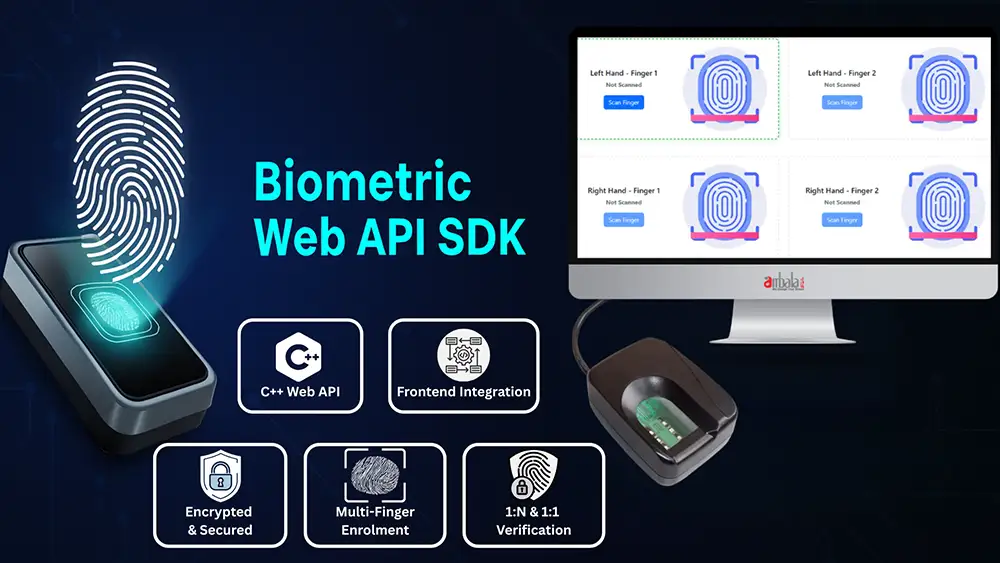
Mastering UI/UX Design in 2025: Trends, Tools & Techniques for Better Conversions
The digital landscape is a constantly evolving ecosystem, and nowhere is this more apparent than in the dynamic fields of UI (User Interface) and UX (User Experience) design. As we navigate through 2025, the stakes are higher than ever: user expectations are soaring, technological advancements are accelerating, and the demand for seamless, intuitive, and highly converting experiences is paramount.
This deep dive explores the cutting-edge trends, indispensable tools, and proven techniques that will define UI/UX excellence in the coming year, all geared towards driving superior conversion rates.
The Shifting Sands: Key UI/UX Trends for 2025
Beyond fleeting fads, 2025's UI/UX trends are rooted in enhancing genuine user value and fostering deeper engagement. Here's what's making waves:
- AI-Powered Personalization & Proactive UX: Forget static interfaces. AI is no longer a futuristic concept but an integral part of design, enabling highly personalized and proactive experiences
- Predictive Interfaces: AI will anticipate user needs and actions before they even articulate them. Imagine a travel app suggesting alternative routes due to predicted flight delays or a fitness app adjusting your workout plan based on missed sessions. This "Proactive UX" minimizes friction and guides users effortlessly.
- Contextual Awareness: Interfaces will adapt dynamically to the user's environment, movement, and intent, delivering relevant interactions. This means designing for real-time adaptability, where UI elements adjust based on spatial context (e.g., in AR environments).
- Ethical AI in Design: As AI becomes more pervasive, ethical considerations are non-negotiable. Designers must prioritize data privacy, transparency (explaining why AI is making certain suggestions), and user autonomy, ensuring AI enhances rather than diminishes user control. Addressing potential biases in AI systems is also crucial.
- Immersive Experiences: AR/VR and Spatial UI: The lines between the physical and digital are blurring, with Augmented Reality (AR) and Virtual Reality (VR) pushing the boundaries of traditional screen-based interactions.
- Spatial UI: Design is moving beyond 2D screens into three-dimensional spaces. This requires designers to think about how digital content integrates with the real world, utilizing gesture-based controls, voice commands, and eye-tracking.
- Intuitive Interactions: Emphasis is on natural and intuitive interactions that minimize cognitive load. Think gesture-based controls, subtle animations, and haptic feedback that makes digital interactions feel more tangible.
- Blended Realities: Expect to see more seamless integration of digital overlays onto the real world, with realistic 3D rendering and occlusion ensuring digital elements blend naturally with physical surroundings.
- Voice User Interfaces (VUI) Go Mainstream: Voice commands are moving beyond simple tasks, becoming a primary mode of interaction for complex processes.
- Natural Language Processing (NLP): VUIs will be more sophisticated in understanding natural speech patterns and context, enabling more fluid and human-like conversations.
- Clear Guidance and Error Handling: Since there are no visual cues, VUIs must explicitly guide users on what they can say at each step and provide polite, helpful error messages when commands are misunderstood.
- Contextual Understanding: VUIs will need to understand the user's environment and typical use cases (e.g., a car VUI prioritizing simplicity, a smart home VUI handling multi-step commands).
- Subtle & Engaging Microinteractions and Haptic Feedback: Small, delightful animations and tactile responses continue to play a massive role in user satisfaction and clear communication.
- Meaningful Feedback: Haptics (nuanced tactile feedback) will be crucial for confirming user actions, indicating state changes, and making interactions feel more grounded and real. This goes beyond simple vibrations.
- Performance First: Even subtle animations need to be optimized for speed. Slow loading times and janky microinteractions can significantly impact conversions.
- Sustainable UI/UX Design: As environmental concerns grow, designers are increasingly focusing on the ecological impact of digital products.
- Data-Lighter Designs: This involves optimizing fonts, colors, image formats, and content to reduce data transfer and storage, thereby lowering energy consumption.
- Eco-Conscious Defaults: Designing products where the most sustainable option is the default choice for users.
- Holistic Impact Assessment: Considering the broader systemic context of a product, including its carbon footprint and social impact, beyond just user needs.
- Bento Grid Layouts & Big Typography: Visually, expect clean, organized layouts that are responsive and flexible, often paired with large, bold text that serves as a key visual element, enhancing readability and personality.
The Designer's Arsenal: Essential Tools for 2025
The tools of the trade are evolving rapidly, with AI integration becoming a game-changer.
- Figma (with AI integration): Still a powerhouse for collaborative design, Figma is integrating AI tools for copywriting, translation, image generation, and even transforming prompts into working UIs and prototypes. Its auto layout and interactive prototyping capabilities remain crucial.
- Adobe XD: A strong contender for interactive prototyping and high-fidelity UI, offering integration with the Adobe Creative Cloud suite.
- UXPin (with AI Component Generator): Gaining traction for its high-fidelity prototyping and design system management, UXPin's AI-powered features for generating components are proving invaluable for rapid iteration.
- AI-Powered Design Tools (e.g., Visily, Galileo AI, Framer AI, Webflow AI): These tools are revolutionizing the initial stages of design, allowing designers to generate wireframes, mockups, and even full websites from text prompts or sketches in minutes. This frees up designers to focus on strategic thinking and innovation.
- User Research & Testing Platforms (e.g., Maze AI, UXtweak, Hotjar AI): AI is being leveraged to analyze user testing insights, patterns in heatmaps, and qualitative feedback at scale, providing deeper, faster insights into user behavior.
- Unity & Unreal Engine (for AR/VR): For immersive experiences, these game engines are essential for crafting dynamic 3D environments and interactions.
- Miro: A versatile digital whiteboard for visual creativity, user flow mapping, and real-time collaboration, especially useful in the early stages of UX design.
Conversion-Centric Techniques: Driving Business Results
Ultimately, compelling UI/UX design is about more than just aesthetics; it's about guiding users towards desired actions.
- Mobile-First & Adaptive Design: With mobile remaining the dominant access point, a mobile-first approach is non-negotiable. Designs must be responsive and adapt seamlessly across diverse screen sizes and devices, maintaining functional and visual consistency.
- Clear & Strategic CTAs (Calls to Action): Prominent, persuasive, and contextually relevant CTAs are vital. Their placement, color, and copy should be optimized through A/B testing. White space around CTAs can also significantly increase their visibility.
- Simplified Navigation & Information Architecture: Users should effortlessly find what they're looking for. Streamlined, intuitive navigation with clear labels and logical sequencing reduces cognitive load and prevents frustration, directly impacting conversion funnels.
- Accessibility First: Designing for inclusivity isn't just ethical; it broadens your audience and improves conversions. This means adhering to WCAG guidelines, providing alternative text for images, supporting keyboard navigation, and considering users with various disabilities.
- Personalization & User Journey Optimization: Leverage data to tailor content, recommendations, and functionalities to individual user preferences and behaviors. AI plays a crucial role here, creating bespoke experiences that resonate deeply. Mapping out customer journeys and identifying friction points is key.
- Performance Optimization: Even a one-second delay in load time can significantly drop conversions. Prioritize clean code, compressed images, and minimal animations to ensure lightning-fast experiences.
- Consistent Design Systems: A robust design system acts as a single source of truth, ensuring a consistent look, feel, and functionality across all platforms and touchpoints. This not only enhances usability and trust but also streamlines development, leading to faster iterations and better products.
- Error Handling and Proactive Support: Provide clear, helpful error messages and easy access to support. Proactive UX, enabled by AI, can even anticipate and prevent errors before they occur, drastically improving the user experience and preventing drop-offs.
- Iterative Design & A/B Testing: Design is an ongoing process of learning and refinement. Continuously collect user feedback, analyze data (including heatmaps and user recordings), and conduct A/B tests to optimize designs for better conversion rates.
The Future is User-Centric and Intelligent Mastering UI/UX design in 2025 means embracing a future where design is deeply intertwined with artificial intelligence, immersive technologies, and a profound understanding of human behavior. By focusing on these trends, leveraging the latest tools, and applying conversion-focused techniques, designers can create experiences that are not only beautiful and intuitive but also powerful drivers of business success in the digital age. The goal remains the same: to create truly meaningful and impactful interactions that delight users and deliver measurable results.








